When it comes to the logistics and transportation industry, semi-trailers play an integral role, serving as essential components for freight mobility. Understanding the standard height of a semi-trailer is crucial for compliance, safety, and efficiency in transport operations. In this article, we will delve into the specifications, variations, and considerations surrounding the height of semi-trailers, ensuring that you are equipped with all the necessary knowledge to navigate this important aspect of the trucking business.
Defining the Standard Heights of Semi-Trailers
Typical Height Ranges
The height of a semi-trailer largely depends on the type of trailer and its intended use. However, several standard heights are acknowledged in the industry.
| Trailer Type | Average Height (Feet) | Average Height (Meters) |
|---|---|---|
| Box Trailers | 13.5 | 4.1 |
| Flatbed Trailers | 3 to 5 | 0.9 to 1.5 |
| Refrigerated Trailers | 13.5 | 4.1 |
| Lowboy Trailers | 2 to 3.5 | 0.6 to 1.1 |
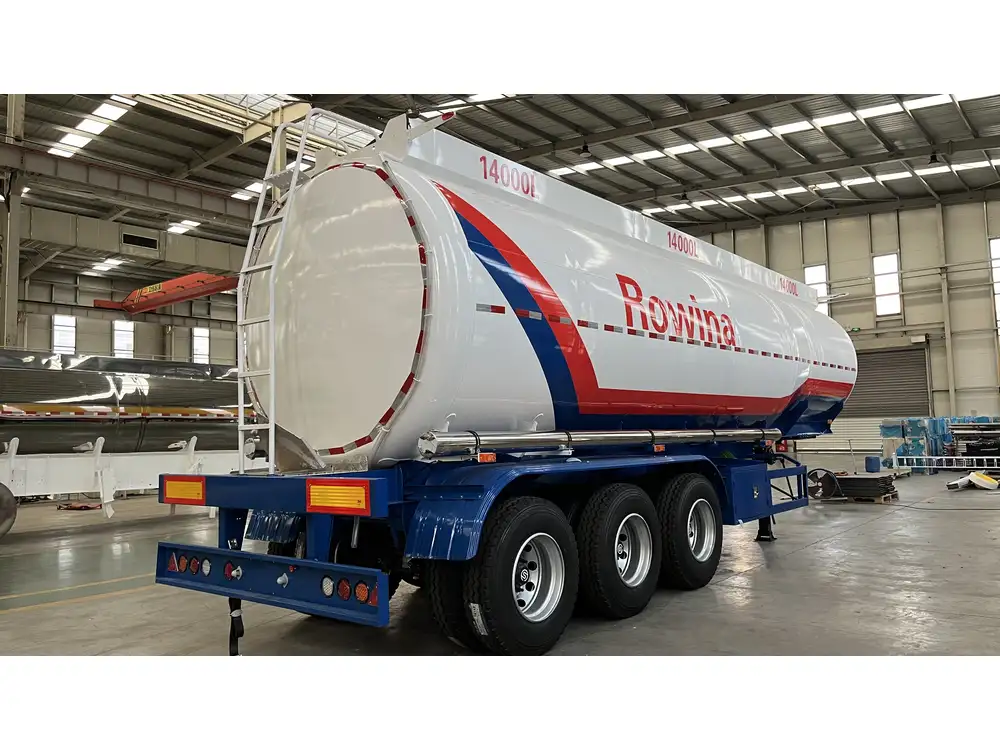
Regulatory Standards
Authorities such as the Federal Motor Carrier Safety Administration (FMCSA) stipulate that the legal height for semi-trailers in the U.S. is a maximum of 13.5 feet (approximately 4.1 meters) from the ground to the top of the vehicle when loaded. This height ensures vehicles remain compliant with road clearance regulations, minimizing the risk of accidents during transit. Different states may have additional restrictions or specifications, so it is essential for operators to be aware of local laws.
Types of Semi-Trailers and Their Heights
1. Box Trailers
Box trailers, also referred to as dry van trailers, are ubiquitous in hauling a plethora of goods. Due to their enclosed nature, they help in protecting cargo from weather and theft.
- Height: Typically stand at 13.5 feet (4.1 meters).
- Usage: Ideal for transporting retail goods, electronics, and more.

2. Flatbed Trailers
Flatbed trailers offer a versatile solution for transporting oversized machinery or items that require easy loading and unloading.
- Height: Varies from 3 to 5 feet (0.9 to 1.5 meters).
- Special Features: Their open design allows for easy access from all sides.
3. Refrigerated Trailers
Reefer trailers maintain temperature-sensitive cargo, including perishable food items.
- Height: Generally reach 13.5 feet (4.1 meters), similar to standard box trailers.
- Cooling Systems: Equipped with mechanisms to ensure freshness during transport.
4. Lowboy Trailers
Lowboy trailers facilitate the transportation of heavy machinery and construction equipment by providing a lowered deck.
- Height: Ranges from 2 to 3.5 feet (0.6 to 1.1 meters), making them suitable for oversized loads.
- Intricate Design: Feature detachable decks for versatile operations.
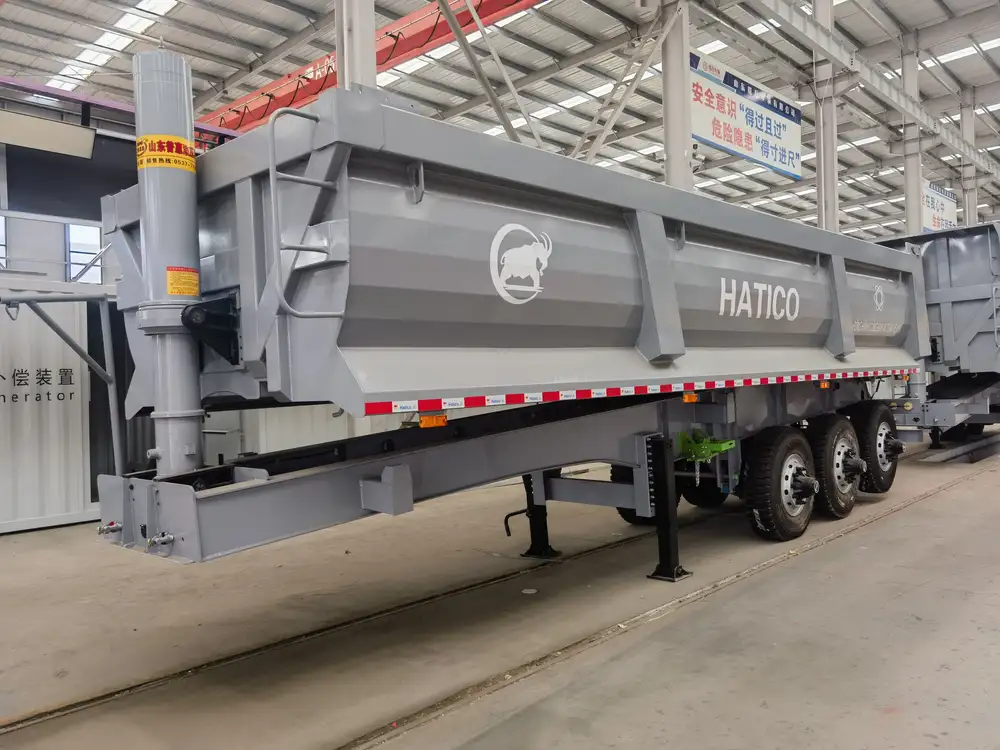
Factors Influencing the Height of a Semi-Trailer
Load Type
The type of cargo plays a significant role in determining the needed trailer height. For instance, tall items, like stacks of construction materials or machinery, may require a high-clearance trailer to accommodate height without risking structural damage.
Road Regulations
Local and state road regulations influence the maximum height allowed on public roads. Some jurisdictions may permit higher load limits via permits, while others impose strict height restrictions.

Trailer Configuration
The design and configuration of the chassis, number of axles, and type of suspension can influence the overall height of a semi-trailer. Custom-built trailers may offer greater flexibility to meet specific height requirements.
Importance of Height Compliance in Transportation
Safety Concerns
Adhering to height regulations significantly mitigates safety risks. Over-height trailers are prone to hitting bridges, power lines, and even traffic signals—leading to severe incidents.

Cost Efficiency
Non-compliance with height restrictions not only incurs fines but may also lead to cargo damage, resulting in additional costs. Thus, ensuring the correct height maximizes profit margins and enhances operational efficiency.
Impact on Fuel Efficiency
Aerodynamics play a pivotal role in fuel consumption. A properly sized semi-trailer can improve airflow around the vehicle, contributing to better fuel efficiency. It’s crucial to find a balance between necessary cargo space and adherence to height restrictions.
Calculating the Height of Your Semi-Trailer

Step-by-Step Measurement
Begin from Ground Level: Use a tape measure to record from the surface of the ground to the highest point of the trailer, which may include accessorized features like air conditioning units.
Account for Load Variables: Take note of what you plan to load; remember that some items may alter the overall height temporarily.
Consult Specifications: Refer to the manufacturer’s specifications for guidance on typical height allowances for particular models or configurations.
Utilizing Technology
Modern technology offers applications and tools for logistics managers and truck operators to accurately assess height limitations and compliance. GPS devices and load management software can help track loads and ensure that height specifications are met before setting out.
How to Choose the Right Semi-Trailer Height for Your Needs
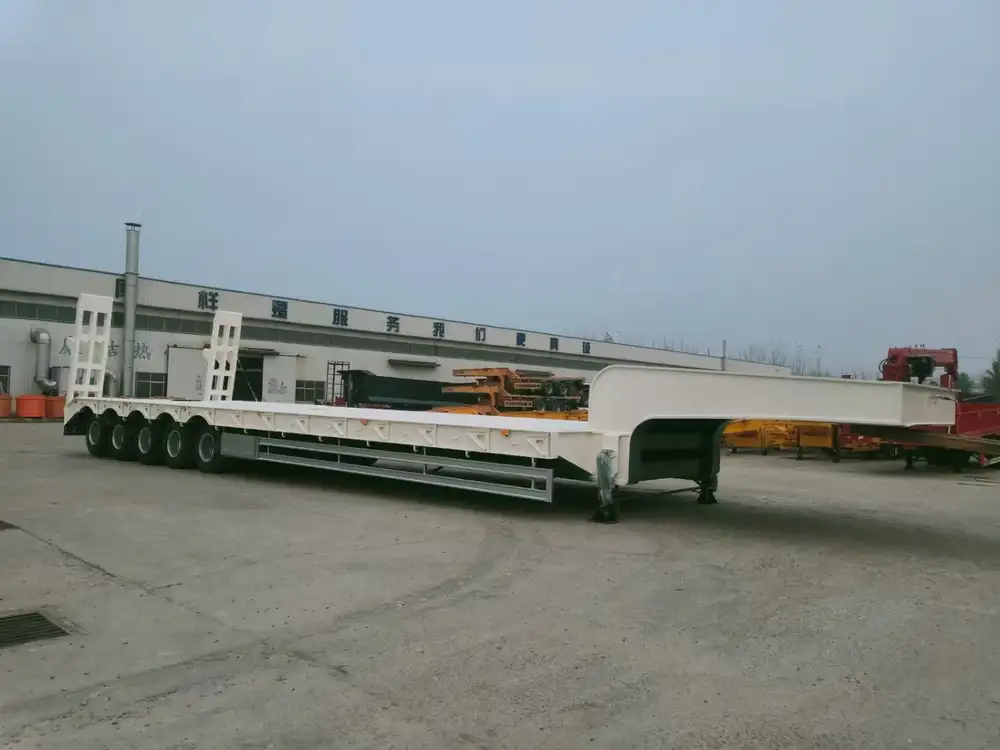
Identify Your Cargo Requirements
Match your trailer height to the specific needs of your cargo. Oversized or tall loads necessitate specialized trailers that conform to legal requirements.
Consider Transportation Routes
Before selecting a trailer, analyze the routes you plan to traverse. If transporting goods through urban areas or under low bridges, paying close attention to height restrictions is vital.
Evaluate Company Policies
Your choice may also be guided by your company’s operational policies or existing contracts that require adherence to certain trailer specifications.
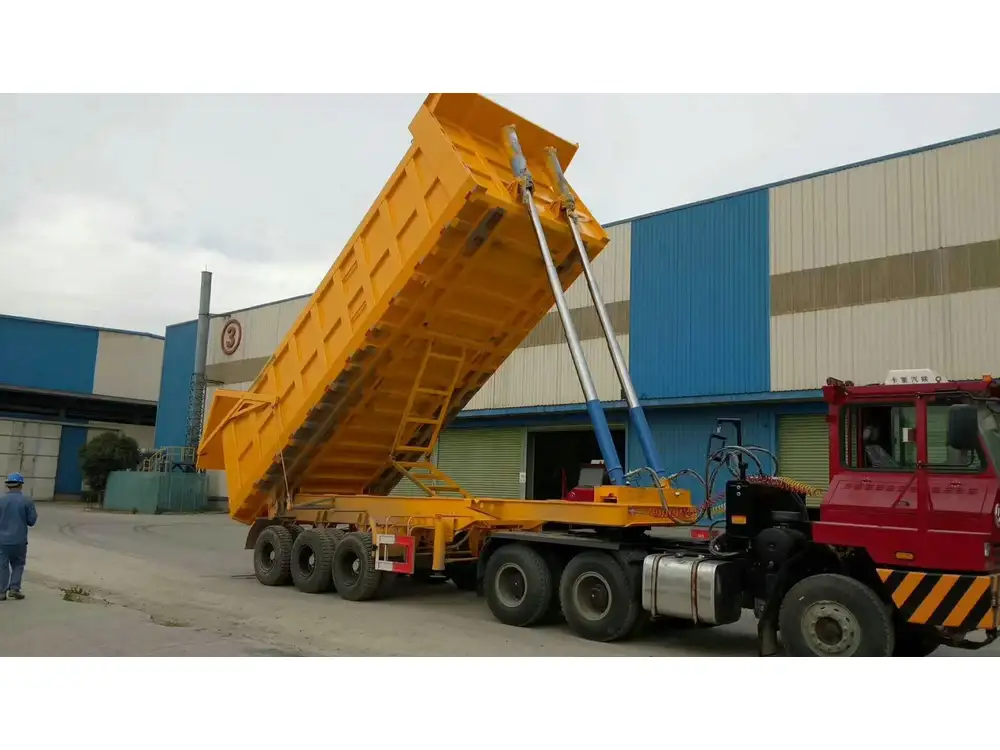
Troubleshooting Height-Related Issues
Common Problems Maintained by Height
Bridge Restrictions: Many routes may have bridges with minimal clearance. Familiarize yourself with local infrastructure to avoid accidents.
Insurance Complications: Ensure that your insurance covers any modifications or specialized trailers used due to height alterations.
Emergency Situations: In events where height becomes a concern, having a local map or app could help navigate around low-clearance areas.
Solutions and Best Practices
Regular Inspections: Conduct routine checks on trailer height, ensuring compliance before each departure.
Educated Drivers: Train drivers on height awareness, including how to determine the trailer’s height with different loads.
Prepare for Load Changes: Keep a record of what heights can fluctuate based on loads and adjust schedules to accommodate these variances.
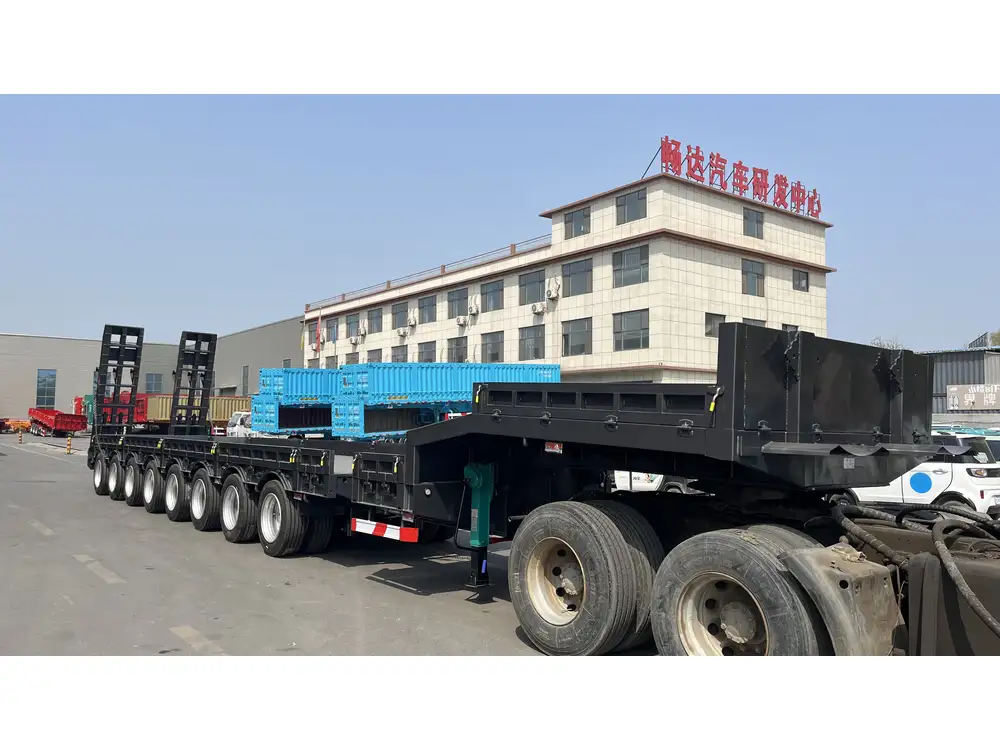
Conclusion: Maximizing Your Semi-Trailer Efficiency
Understanding the normal height of a semi-trailer is paramount for ensuring safety, compliance, and effective transportation. By thoroughly evaluating dimensions, assessing cargo needs, complying with regulations, and adhering to best practices, manufacturers and transporters can significantly enhance operational efficacy.
Invest in the right trailers, educate your team, ensure regular inspections, and strategize for routes and loads, ultimately leading to superior logistics solutions. The height of your semi-trailer should no longer be a mystery, but rather a meticulously measured performance component of your fleet, driving efficiency and profitability in your business. Explore further, keep your fleet updated, and join the ranks of successful transport operations committed to expediting goods while adhering to important safety regulations and height compliance.



